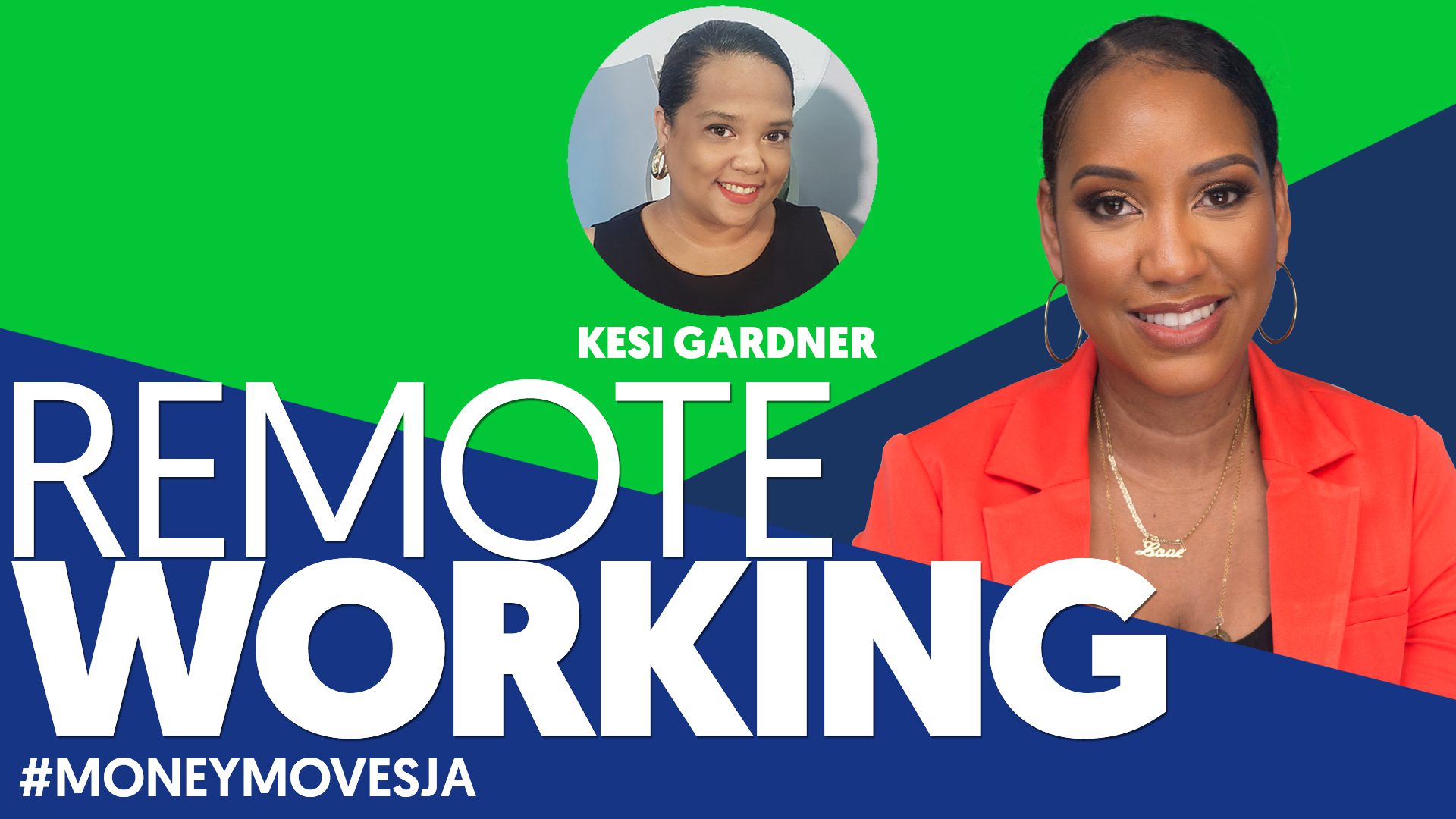AUDIO ONLY
Recommended for you


Understanding balance sheets
A company’s financial strength can be reflected through the figures making up their balance sheet.
According to General Manager of the Finance Division at EXIM Bank, Errol Barnaby, a balance sheet details the net worth of a company at a particular moment in time and reflects the entity’s performance over the period under review.
Speaking on #MoneyMovesJa with Kalilah Reynolds, Barnaby explained that balance sheets also compare the corresponding year to see how the numbers are performing.
He said balance sheets depend on the support of profit and loss statements and usually highlight three things: assets, liabilities and equity. The term balance has to do with the positioning of those three elements.
Assets = Liabilities + Equity
“What is referred to as being balanced, in this case, is where your total assets are equalled to your liabilities and equity…or you can also consider a balance sheet equation of your equity being equalled to your assets minus your liability,” he said.
The General Manager said assets are items that are owned, noting that these can be current, non-current or intangible.
He explained that current assets are those that can be easily sold or disposed of to get quick cash including bank funds, inventory and receivables (money owed to you by others) while non-current assets are those which are not as liquid including: property, motor vehicles and sometimes equipment.
Intangible assets are those not physical in nature such as goodwill or some trade names and symbols that can be valued but not directly measured.
“For goodwill I don’t know how many small businesses will have those on their books but sometimes if you have a name out there you can certainly value this and put it on the sheet and anybody that would want to purchase your business will enjoy the benefit of that asset,” said Barnaby.
Some balance sheets also report on ‘other assets’ which the General Manager said could reflect pre-payments, or insurance that was paid up front but later cancelled.
Barnaby said assets are fundamental because at no time should an entity be in a position where assets are way below liabilities or equity. In that case, he said it would mean the entity has become insolvent or bankrupt.
As for the liabilities, Barnaby said those are owed obligations. He said the balance sheet can break down current and long term liabilities, noting that the current would reflect those obligations within the accounting period, whereas the long term liabilities point to more time to make good on those obligations.
“It’s always good to separate them because the long term obligations should not be impactful on your performance for the period that you’re reporting on… Sometimes loan payables can become current liabilities because they fall due within the accounting period,” he said.
Meanwhile, Barnaby said equity relates to the funding or investments that would have come into the company.
“It would highlight the amount that is injected into the business and what you have after that is the earnings over the period (retained earnings) and these add up over time as your total equity… Your equity can grow based on your performance; that is, if you’re making profit and your retainer earnings will be growing as well and while this is growing, your assets will be growing,” he explained.
Visit EXIM Bank’s Business Advisory Service at:
https://eximbankja.com
AUDIO ONLY
Recommended for you

